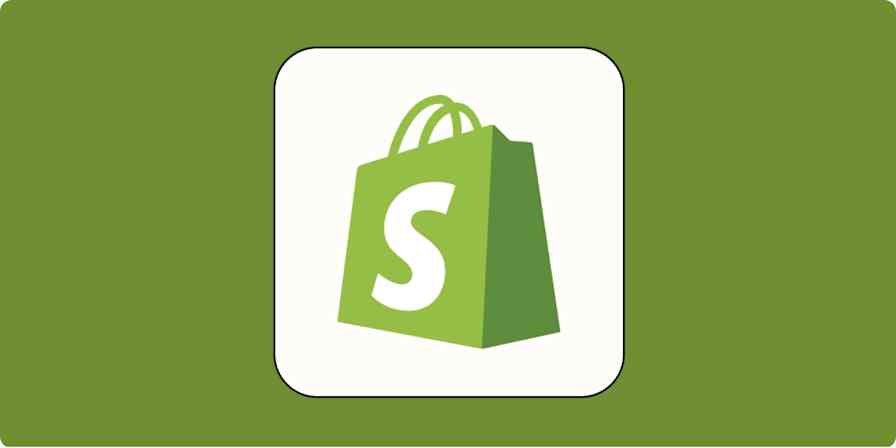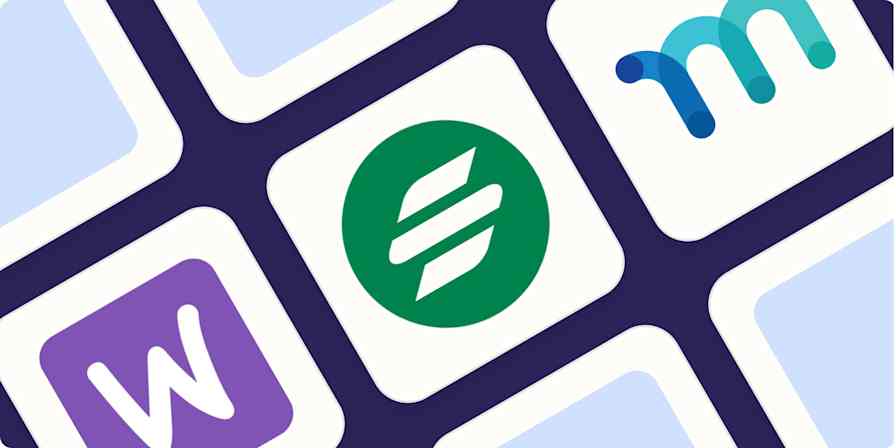Automation inspiration
5 min readYour guide to eCommerce automation with Zapier
How to automate your eCommerce business.
By Daniel Kenitz · November 16, 2023

Get productivity tips delivered straight to your inbox
We’ll email you 1-3 times per week—and never share your information.
Related articles
Improve your productivity automatically. Use Zapier to get your apps working together.








